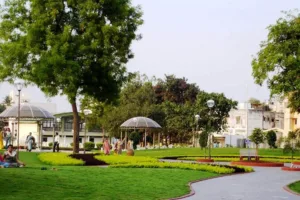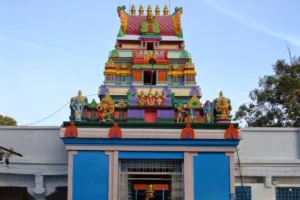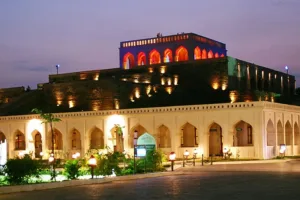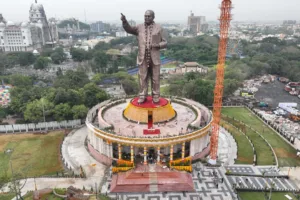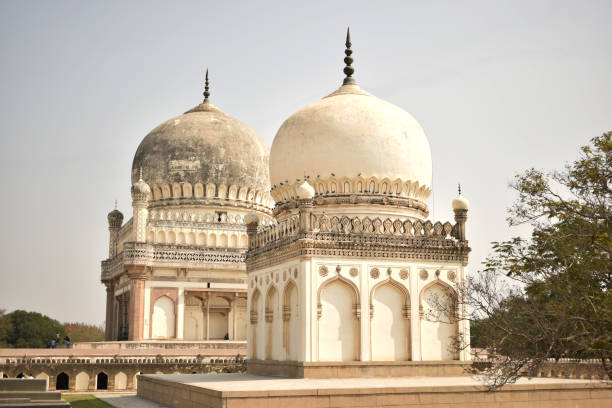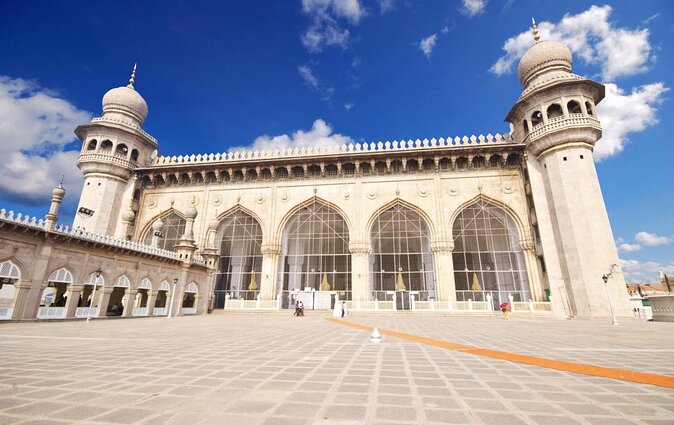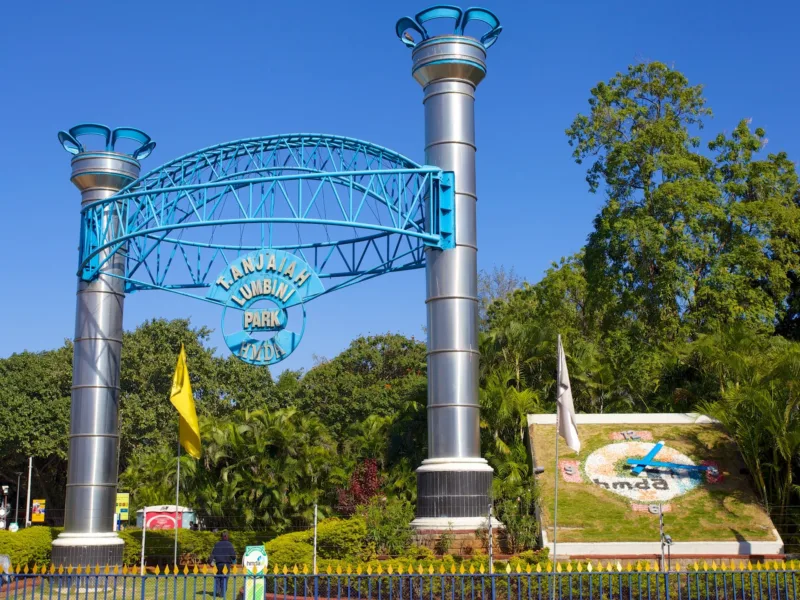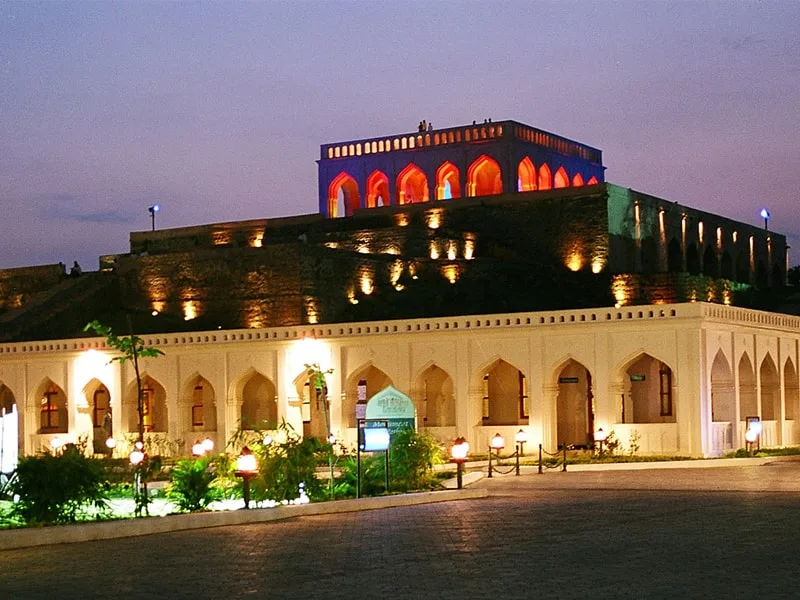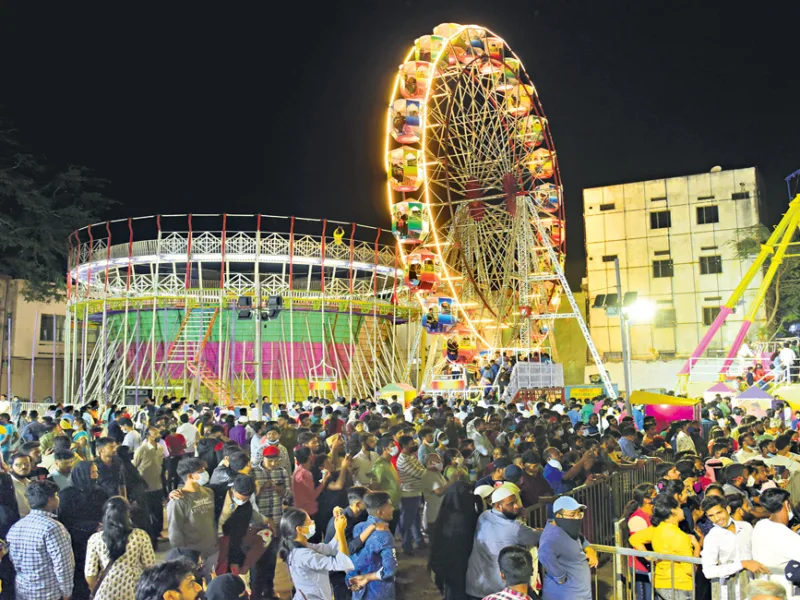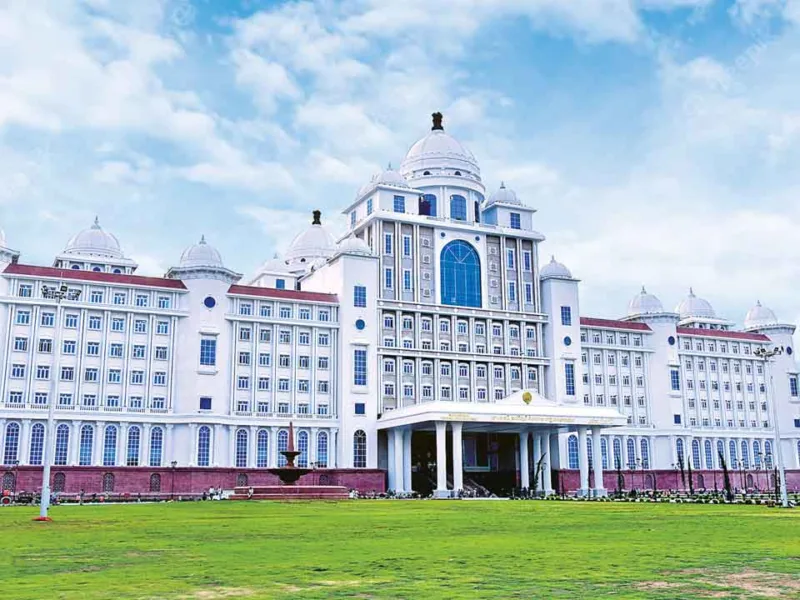Dhanushkodi Travel Guide – Dhanushkodi Tourism
About Dhanushkodi:
Nestled at the southern tip of Rameswaram Island, Dhanushkodi is a place where myths meet the sea. Known for its captivating landscapes and spiritual significance, Dhanushkodi is a small, abandoned town with a rich history. Legend has it that Lord Rama marked the spot where the arrow (Dhanush) was broken (Kodi) after defeating Ravana, creating a unique aura around this place.
Best Time To Visit Dhanushkodi:
The ideal time to visit Dhanushkodi is from October to March when the weather is pleasant, allowing visitors to explore the ruins, pristine beaches, and experience the local culture comfortably.
How To Reach Dhanushkodi:
Access to Dhanushkodi is primarily through road. Visitors can hire local transport or take guided tours from Rameswaram, which is around 20 kilometers away. The journey involves a scenic drive along the coastline, providing glimpses of the Bay of Bengal and the Indian Ocean.
Transport In Dhanushkodi:
Exploring Dhanushkodi can be done on foot, as the town is compact, and the major attractions are within walking distance. Alternatively, local autorickshaws and vans are available for short trips within the town.
People Of Dhanushkodi:
While the town itself is mostly uninhabited due to its tragic history, the nearby villages are home to fisherfolk and locals who have preserved the cultural heritage of the region.
Languages Of Dhanushkodi:
Tamil is the predominant language spoken in Dhanushkodi. However, due to its historical and spiritual significance, English and Hindi are also understood, especially in places frequented by tourists.
History Of Dhanushkodi:
Dhanushkodi holds a unique place in Indian mythology, believed to be the spot where Lord Rama built a bridge to Lanka. In 1964, a devastating cyclone struck, wiping out the town and turning it into a ghost town. The ruins and remnants of the railway line stand as silent witnesses to the tragic event.
Culture Of Dhanushkodi:
The culture of Dhanushkodi is deeply intertwined with its religious significance. Pilgrims often visit to take a dip in the sacred waters where the Bay of Bengal and the Indian Ocean meet. The town, although in ruins, echoes the tales of its glorious past.
Weather Of Dhanushkodi:
Dhanushkodi experiences a tropical climate. Summers can be hot, but the coastal breeze provides relief. Monsoons bring heavy rainfall, enhancing the region’s greenery. Winters are mild, making it an ideal time to explore the town.
Best Places to visit in Dhanushkodi:
Ram Setu Point: A significant spot believed to be the remains of the bridge built by Lord Rama to reach Lanka, offering stunning views of the sea.
Gandhi Memorial Mandapam: A memorial dedicated to Mahatma Gandhi, known for its architectural grandeur and panoramic views of the Indian Ocean.
Dhanushkodi Beach: A pristine and serene beach where the Bay of Bengal and the Indian Ocean meet, creating a mesmerizing spectacle.
Dhanushkodi Temple: A sacred temple dedicated to Lord Rama, attracting pilgrims and history enthusiasts alike.
Adam’s Bridge: A chain of limestone shoals connecting Dhanushkodi to Mannar Island in Sri Lanka, believed to be remnants of the ancient bridge.
Ruins of Railway Station: The skeletal remains of the railway station destroyed in the 1964 cyclone, serving as a poignant reminder of the town’s tragic history.
Floating Stone: A mystical stone believed to be part of Lord Rama’s bridge, with a captivating tale of its ability to float.
Kothandaramaswamy Temple: Located on the way to Dhanushkodi, this temple holds historical significance and offers a serene environment.
Mukuntharayar Chathiram: A shelter built by philanthropist Mukuntharayar to provide food and rest for pilgrims, showcasing the town’s communal spirit.
Ghost Town Exploration: Wander through the abandoned streets and houses, imagining the vibrant life that once thrived in this coastal town.






